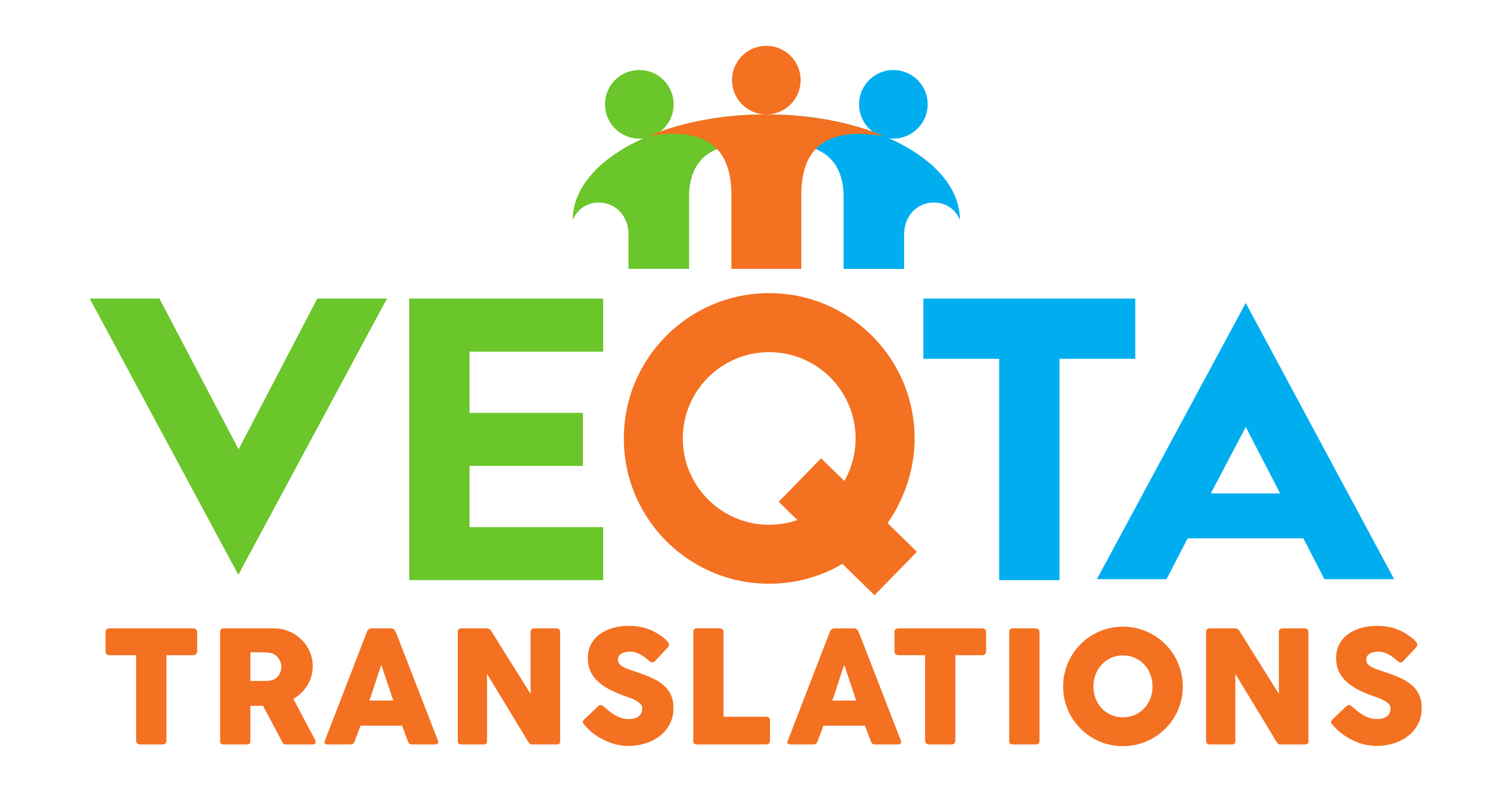The localization of FIFA 15 into Arabic was a milestone moment in gaming, signaling not only EA Sports’ commitment to Arabic-speaking fans but also a remarkable case study for reverse translation. The process of adapting English content into Arabic—and then understanding how that can be reversed back into English—reveals layers of linguistic, cultural, and contextual complexity. This article explores the lessons learned from FIFA 15’s Arabic localization and how they inform best practices in Arabic to English reverse translation.
Understanding Arabic Localization in Gaming
Arabic localization goes far beyond simple translation. It involves the adaptation of cultural nuances, right-to-left text formatting, and even modifying visuals to suit regional sensitivities. FIFA 15 became one of the first major sports games to introduce full Arabic commentary and menus, creating a localized experience that resonated deeply with Middle Eastern players.
Reverse Translation: Why It Matters
Reverse translation—from Arabic back to English—tests the accuracy and naturalness of localized text. It’s an essential quality assurance step for verifying meaning retention. In Arabic to English Localization|Translation, reverse translation helps uncover translation drift, ambiguous expressions, and unintended cultural reinterpretations.
Case Study: FIFA 15 Arabic Commentary
The Arabic commentary in FIFA 15, featuring Issam Chaouali and Abdullah Mubarak, is an excellent example of localized creativity. Translating their Arabic phrases back into English often highlights contextual richness that doesn’t exist in literal terms. Phrases like “كرة ولا أروع!” translate literally to “What a magnificent ball!”—yet the emotional intensity behind it is far greater in Arabic.
Maintaining Register and Tone
One of the main challenges in reverse translation lies in preserving tone. Arabic tends to employ metaphorical and rhythmic expressions. When reversed into English, these can lose their poetic cadence. Effective localization demands a balance between cultural fidelity and readability.
The Role of Semantic Equivalence
Semantic equivalence ensures that meaning, not just words, is transferred accurately. In FIFA 15, maintaining equivalence between sports jargon in both languages was essential. For example, translating terms like “صناعة اللعب” (playmaking) required context-driven accuracy to match football terminology in English.
Visual and UI Localization
Arabic’s right-to-left structure impacts interface layouts. In FIFA 15, the developers re-engineered menu screens, ensuring that alignment and typography matched Arabic conventions. When reversed into English, this process showcases how spatial awareness influences translation accuracy.
Cultural Adaptation Strategies
FIFA 15 also adapted certain phrases to align with Arab fan culture, integrating commentary that echoed local enthusiasm. These localization strategies show how culturally rooted expressions can enrich content but pose challenges when translated back into English without losing essence.
Machine Translation Limitations
While AI-driven translation tools have advanced, Arabic to English reverse translation still demands human expertise. FIFA 15’s localization demonstrates that idiomatic nuance and emotion are best captured through human interpretation, not algorithmic conversion.
Lessons for Translators
FIFA 15’s Arabic localization provides three clear takeaways for practitioners:
1. Prioritize cultural authenticity before literal accuracy.
2. Use reverse translation as a diagnostic tool for meaning drift.
3. Treat tone and rhythm as integral parts of fidelity.
Application Beyond Gaming
The lessons extend to film, software, and education industries. Reverse translation ensures that localized Arabic content retains integrity when repurposed for English audiences—a growing need in global media exchange.
Conclusion
FIFA 15’s Arabic localization remains a benchmark for reverse translation practice. It underscores that translation is not merely linguistic, but cultural engineering. For professionals in Arabic to English Localization, the game’s approach offers lasting lessons on how fidelity, creativity, and authenticity coexist.
FAQs
1. Why is reverse translation important in localization?
It verifies the accuracy and cultural coherence of translated material by translating it back into the source language for comparison.
2. What made FIFA 15’s Arabic localization unique?
It offered full Arabic commentary and interface adaptation, merging linguistic precision with cultural engagement.
3. How does Arabic syntax affect translation?
Its right-to-left structure and rich morphology require unique layout and grammar adjustments during localization.
4. Can machine translation handle Arabic reverse translation?
Not reliably; human expertise is still necessary for capturing nuance and emotion.
5. What industries benefit from reverse translation?
Gaming, film, education, and international marketing all use it to ensure cultural and linguistic accuracy.


